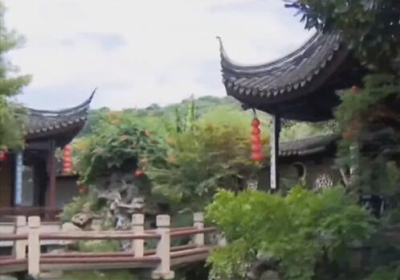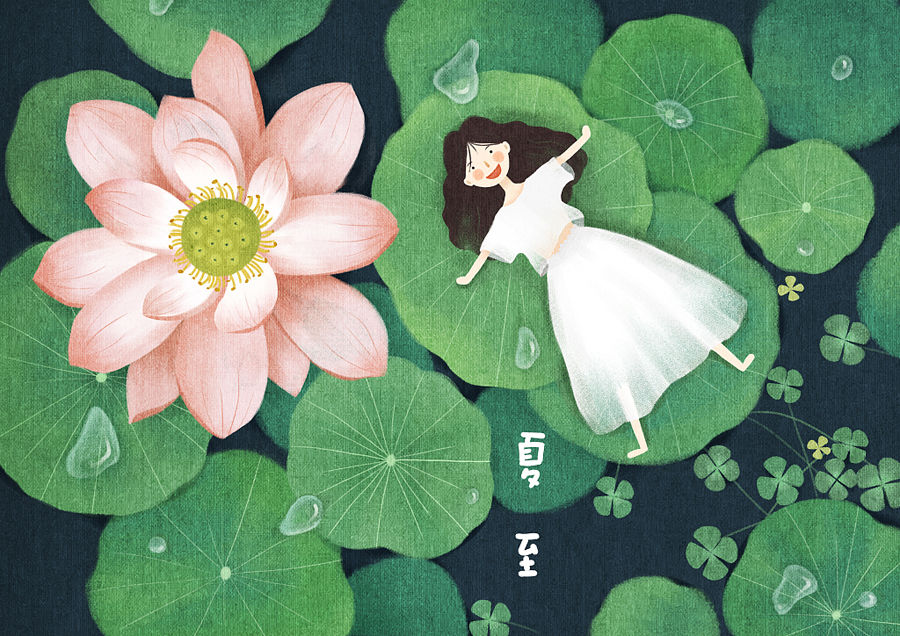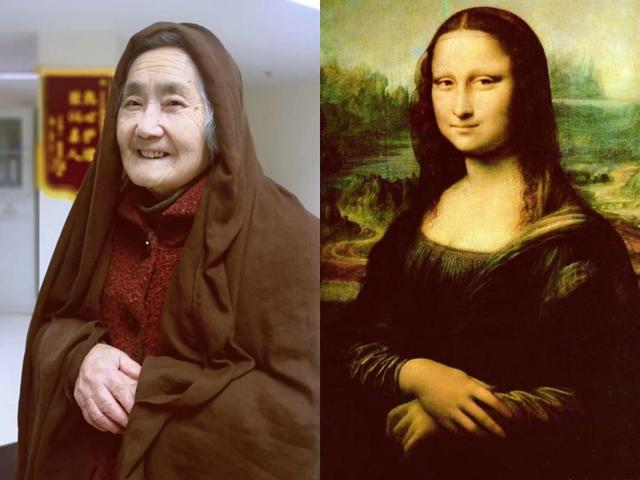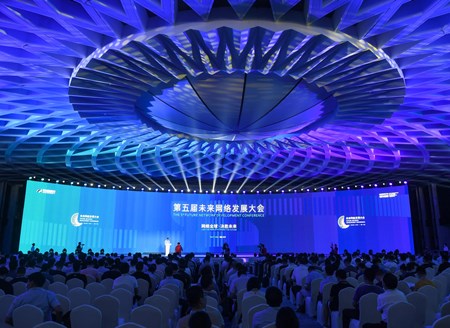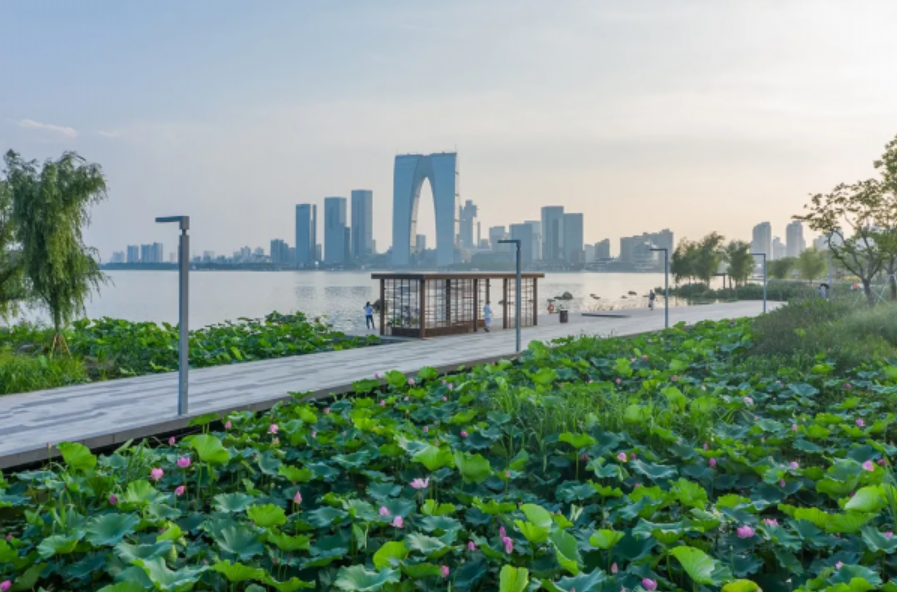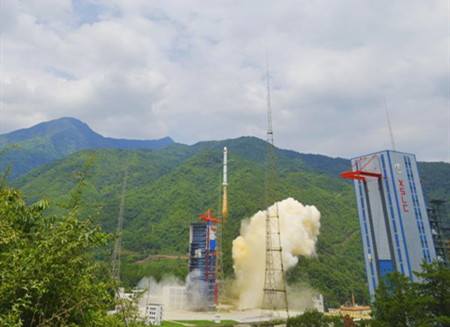Starting this month, the city of Suzhou will open four more classical gardens to visitors for free. Let’s take a close look.
The Ruiyuan Garden is located to the south of the Qionglong Hill and north of the Taihu Lake. Tianxianglou, Haixuanxuan, Muxiangyu and other scenic spots are arranged according to the variation of the four seasons.
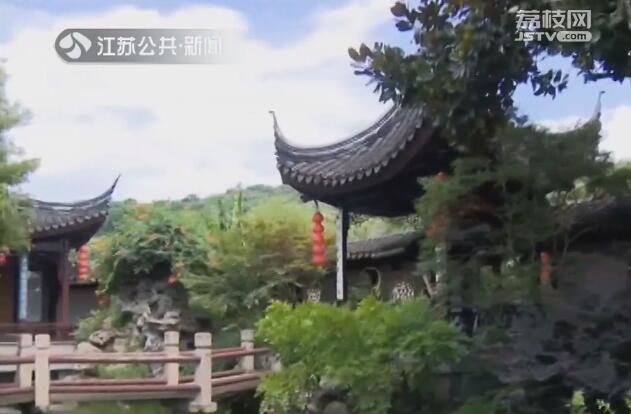
Covering an area of 34 mu, the Houle Garden is located by the Yangcheng Lake. A 100-meter corridor, more than 70 leaking windows, and 18 scenic spots reflect the essence of Suzhou’s classical gardens.
The third garden is located on Mudu town in the west suburb of Suzhou and the fourth one is inside the Dongyuan Garden.
The four classical gardens were converted from the previous private gardens.
Local residents can log onto suhzou tourism portal or sign up with Suzhou tourism wechat account for reservation. The visitors should show their personal ID for access into the gardens.
Suzhou now registers 108 classical gardens. 84 have been open to visitors.
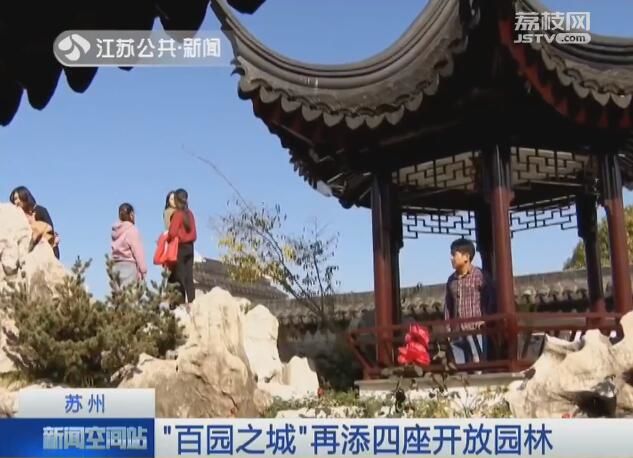
Suzhou, a city to the south of the lower reaches of the Yangtze River, enjoys a worldwide reputation for its delicate and classical gardens. Most of the gardens were built for private use by aristocrats and rich businessmen and date back to the sixth Century BC. A large number of classical gardens were spread across Suzhou as well as its suburbs. Ten of them are still in a good state of preservation, including the Humble Administrator's Garden, the Lingering Garden, the Master of Nets Garden, the Villa with Embracing Beauty, the Canglang Pavilion, the Lion Grove Garden, the Garden of Pleasance, the Couple's Retreat Garden and others. The first four of these exhibit a typical character of classical gardens such as structure, style, cultural attainment, aesthetics and arrangement of the furniture. For this reason they have been included in UNESCO's World Heritage List since the end of 1997.
(Source: ourjiangsu.com)
